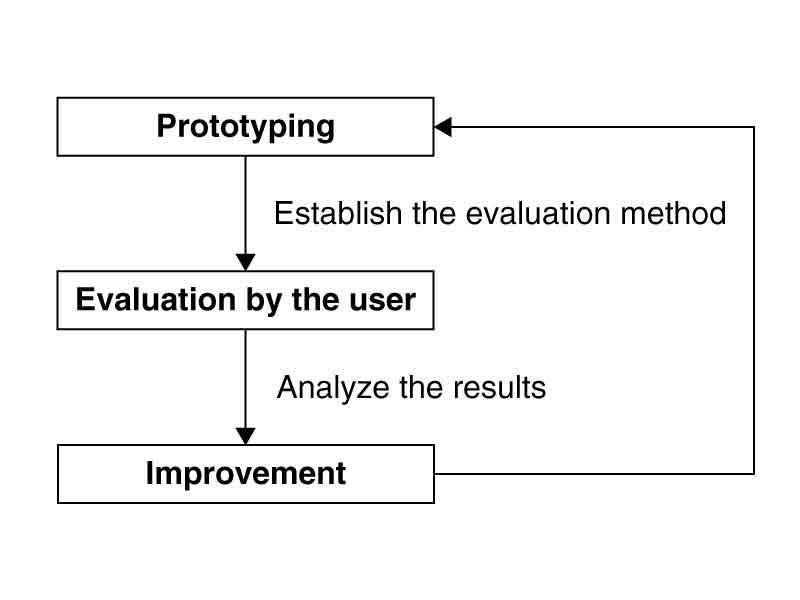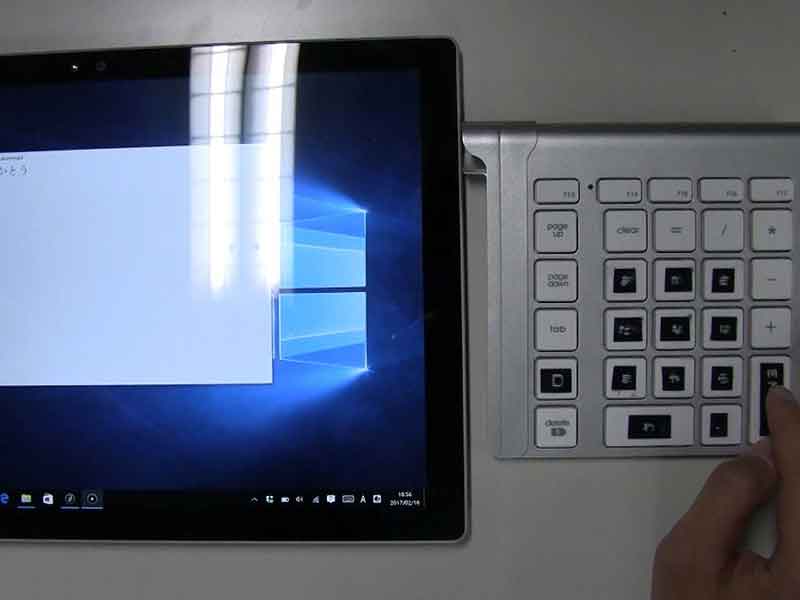Abstract
When we lose our oral communication capability for some reasons such as the speech defect and the limb movement disorder, our quality of life (QOL) would be significantly decreased. The loss of "words" places great stress on us and weaken the link between communities and us. The Augmentative and Alternative Communication (AAC) devices are recently expected as a key tool to minimize the decrease in QOL caused by the loss of oral communication capability. The AAC devices enable conveying a message to the others for example by outputting artificial voices in response to the input signals such as the eye movement or the finger tapping. There are already many types of AAC devices proposed in the world. However, it is difficult to say that the current AAC devices perfectly meet the personal requirements of the users. In our group, we are trying to develop a quite personalized AAC device for a specific target user who suffers from a higher brain dysfunction. In the development process, we repeat the cycle of clarification of the requirements, prototyping of a device and evaluation of the device over and over to brush up the design.
 Schematic diagram of the development cycle
Schematic diagram of the development cycle
First, we conducted an interview with the user and his family (communication partners) to survey his current situation and requirements. The interview let us know that the user was capable of moving his right arm and had troubles in eyesight and voice production. Based on this, we have implemented the 1st development cycle. We designed an app which was able to output a message in an artificial voice in response to keyboard or pen input and installed it into a tablet PC. The test of 1st-generation device found that the user had a difficulty in the pen-based input method and a restricted range of right-arm motion. Based on the 1st cycle, we developed 2nd-generation prototype device in 2nd cycle, which was a tablet PC with a numeric keypad. The developed device had the additional functions of multi-tap entry method and voice feedback system. It worked well but the evaluation test provided us new insights that the device was a little complicated to use and the key layout was not suitable for the user. In the 3rd cycle, the multiple-choice input method, e.g. yes-no answer, was built into the app instead of the free form input method. And also, we newly added the indirect review by the communication partners and normal people to the evaluation process. Furthermore, the app was updated in 4th cycle to be more user-friendly. The 4th-geraration device allows the user or the communication partners to customize the multiple-choice items and the number of items as they want. In this way, we repeated the development cycle many times and developed an AAC device optimized for a specific target user. The approach proposed here would be useful to develop a personalized AAC device which increases the QOL of the user.
 2nd-generation of the developed AAC device
2nd-generation of the developed AAC device
Collaboration
- Sato Y. Lab, IIS, University of Tokyo